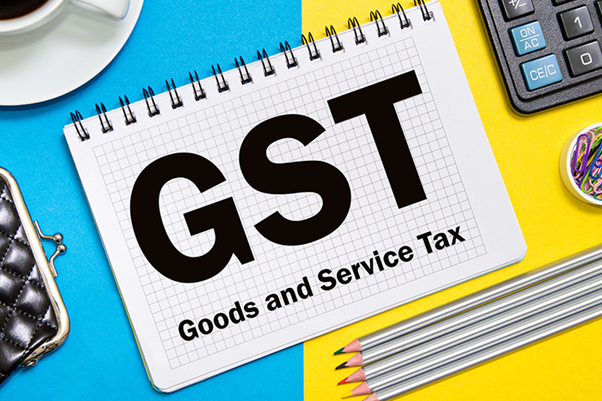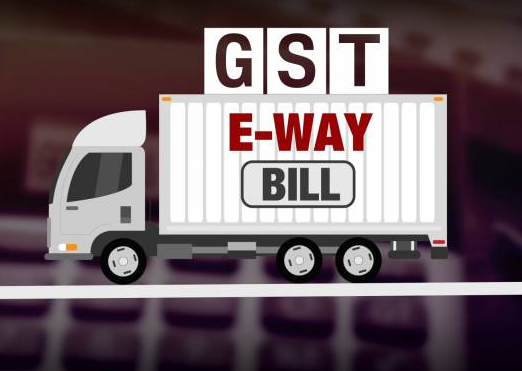Understanding the Composition Scheme Rules under GST

Goods and Services Tax (GST) is a comprehensive indirect tax regime that has replaced several indirect taxes in India. It is aimed at making the country's indirect tax regime simpler, transparent, and efficient. The composition scheme is one of the most significant provisions under the GST law, which provides relief to small taxpayers by reducing their compliance burden. In this article, we will delve into the composition scheme rules under GST and understand how they work. What is the Composition Scheme under GST? The composition scheme is a scheme under GST designed for small taxpayers who have a turnover of up to 1.5 crore rupees. It is a simplified compliance mechanism that enables taxpayers to pay taxes at a lower rate and with fewer compliances. The scheme provides an opportunity for small businesses to save on the costs associated with compliance and also reduces their administrative burden. Eligibility for the Composition Scheme To be eligible for the composition sch...


